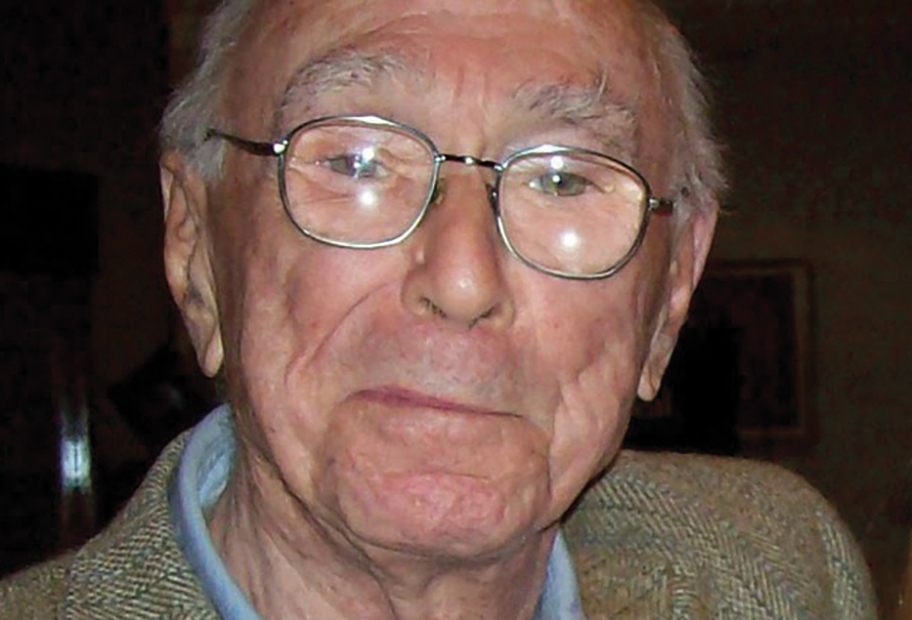bruner’s theory of scaffolding
Linda Pound
Monday, September 5, 2016
Following the death earlier this year of the influential psychologist Jerome Bruner, Linda Pound looks at his theories, achievements and their enduring impact on early years practice
1. The student revisits a subject multiple times through their learning
Contrast with syllabus.
In Wood et al.’s initial formulation, scaffolding consisted of various instructional behaviors, such as . This mode is used within the first year of life (corresponding with Piaget’s sensorimotor stage). The first kind of memory. ABSTRACT This paper presents the contributions of Jerome Bruner’s constructivist approach to education. Jerome Bruner. And Bruner’s constructivist approach (principles of readiness, spiral organisation, and going beyond the information given). This is a simplified interpretation of the theory, so if you wish to learn more, please read the original works. Jerome Bruner was a psychologist noted for his contributions in the field of educational psychology. by Steve Wheeler, Associate Professor, Plymouth Institute of Education.
The first usage of the term ‘scaffolding’ is made in connection with very early childhood. He graduated from Harvard in nineteen forty one and first introduced his scaffolding theory, as he called it, in the late fifties. Scaffolding (sometimes known as instructional scaffolding) was first coined by David Wood, Jerome Bruner & Gail Ross, where the researchers were exploring the dyadic relationship between a learner and a tutor in problem solving. Jerome Bruner (1915-2016) was interested in the way children construct their view of the world by building new elements onto areas of knowledge that they have already gained.
References:
http://onehe.org/glossary/bruner/
http://restauracja-smacznego.pl/site/Jerome-Bruner-scaffolding-2bc203
http://link.springer.com/10.1007%2F978-0-387-79061-9_2715
